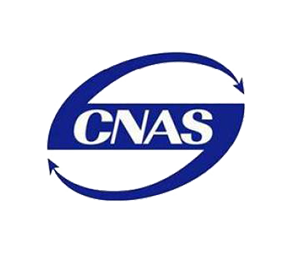1. What is SDR?
In the plastic pipe industry, SDR (Standard Dimension Ratio) is a very critical technical parameter. It is used to measure the structural strength and pressure resistance of the pipe, and is an important indicator that must be referred to when selecting HDPE pipe specifications.
Definition of SDR:
SDR is the ratio of the pipe outer diameter to the wall thickness, and the formula is as follows:
SDR = pipe outer diameter ÷ wall thickness
For example, a pipe with an outer diameter of 110mm and a wall thickness of 10mm has an SDR value of:
SDR = 110 ÷ 10 = 11
Significance of SDR:
The smaller the SDR value, the thicker the wall of the pipe and the stronger the pressure resistance. On the contrary, the larger the SDR value, the thinner the pipe wall and the lower the pressure it can withstand.
SDR11 has thicker wall thickness and higher pressure bearing capacity (such as 16 bar)
SDR17 has thinner wall thickness and medium pressure bearing capacity (such as 10 bar)
Therefore, in high-pressure transmission systems (such as municipal water supply and gas transmission), pipes with SDR11 or lower SDR values are usually selected. In low-pressure scenarios such as agricultural irrigation and drainage systems, SDR17 is a more economical and practical choice.
Relationship between SDR and PE pipes:
SDR values are not only applicable to HDPE (high-density polyethylene) pipes, but are also widely used in other types of plastic pipes such as PVC, PPR, PERT, etc. In particular, in HDPE pipe standards such as ISO 4427, EN 12201, GB/T 13663, etc., SDR is the core basis for judging pipe grade, wall thickness series and pressure bearing capacity.
Tips
For the same PE pipe with an outer diameter of 110mm, the wall thickness of SDR11 is 10mm, while the wall thickness of SDR17 is only about 6.6mm.
SDR is closely related to the PN (nominal pressure) of the pipe. The smaller the SDR, the higher the corresponding PN level.
Different SDR pipes are usually not mixed, especially when welding or matching, consistency should be paid attention to.
2. Basic parameter comparison table of SDR11 and SDR17
| Comparison items | SDR11 | SDR17 |
| Pipe wall thickness | Thicker | Thin |
| Pressure bearing capacity | High (generally up to 16 bar) | Medium (typically up to 10 bar) |
| Material usage | Multiple | Small |
| Pipeline weight | Heavy | Light |
| Cost | Relatively high | Relatively low |
| Application scenarios | High-pressure water supply, gas, industrial pipe network | Irrigation, drainage, gravity flow systems |
3. SDR11 vs SDR17: Typical Applications
Different SDR (Standard Dimension Ratio) levels significantly affect where and how HDPE pipes are used. Here’s a breakdown of the most common application scenarios for SDR11 and SDR17:
SDR11 is commonly used for high-pressure systems:
Urban high-pressure water supply systems: SDR11 pipes are ideal for municipal water mains where pressure is relatively high.
Natural gas and fuel gas pipelines: These require pipes with excellent pressure resistance and safety performance.
Industrial pressure pipelines: Suitable for transporting pressurized liquids in factories and plants.
Underground pressurized pipelines: Used in long-distance or high-altitude water transmission systems that require added durability.
SDR17 is commonly used for low to medium-pressure systems:
Agricultural irrigation systems: Ideal for drip and sprinkler irrigation systems operating under low pressure.
Municipal sewage and stormwater drainage: Designed for gravity flow systems without internal pressure.
Non-pressurized water distribution: Suitable for low-rise buildings and rural water supply.
Gravity drainage projects: Used for roadside drainage, landscape runoff, and non-pressure transport of liquids.
Summary
SDR11 is ideal for pressurized and safety-critical networks, while SDR17 offers a cost-effective solution for lower-pressure applications.
4. How to Choose Between SDR11 and SDR17?
Selecting the appropriate SDR level depends on several factors, including pressure requirements, project budget, and compliance with local standards.
1. Working pressure requirements
If the system pressure is ≥10 bar, SDR11 is recommended for greater safety and performance.
If the pressure is ≤6 bar, SDR17 is a more economical and sufficient option.
2. Budget and installation needs
SDR17 pipes are lighter and easier to handle, reducing transportation and labor costs—ideal for large-scale, low-pressure installations.
SDR11, while stronger, comes with higher material and installation costs.
3. National or regional standard requirements
Some countries or regions strictly regulate the use of SDR types for different applications. For example, gas pipelines often must use SDR11.
In international bids or government projects, always review the technical specifications and standard compliance requirements.
Pro tip: When unsure, consult your pipe supplier or project engineer to determine the most suitable SDR type for your specific application.
5. Common Misunderstandings About SDR
Misinterpreting the meaning or importance of SDR can lead to overspending or selecting the wrong pipe. Let’s debunk a few common myths:
Misconception 1: SDR17 means low quality
Not true. SDR17 pipes are designed for low-pressure systems, not low quality.
Pipe quality depends on compliance with standards (e.g., ISO, GB, EN) and the raw material grade, not the SDR value.
Misconception 2: SDR11 suits all situations
While SDR11 has thicker walls and higher strength, it’s not always the best choice.
Using SDR11 in non-pressurized or low-pressure systems is often unnecessary and wasteful.
Misconception 3: The smaller the SDR, the better
A lower SDR means thicker walls, but that doesn't always translate to better performance.
What matters most is matching the pipe’s SDR to the actual pressure and application needs.
FAQ
Q1: Which is more pressure-resistant, SDR11 or SDR17?
A: SDR11 pipes have thicker walls than SDR17, so they are more pressure-resistant and can usually withstand pressures up to 16 bar, while SDR17 is generally suitable for system pressures of 10 bar or less. SDR11 is recommended for high-pressure systems.
Q2: Will SDR17 pipes break more easily?
A: No. SDR17 pipes are completely safe within their design pressure range. As long as the application scenario is a low-pressure or non-pressure system (such as drainage or irrigation), SDR17 is a very cost-effective choice.
Q3: Is there a big price difference between HDPE SDR11 and SDR17?
A: SDR11 pipes have thicker walls and use more materials, so the price is higher than SDR17. The price difference will vary depending on the pipe diameter. When purchasing, you should consider the use environment and budget requirements.
Q4: Should I choose SDR11 or SDR17 for agricultural irrigation?
A: Agricultural irrigation is generally a low-pressure or gravity irrigation system. It is recommended to choose SDR17, which is economical and practical. If it involves long-distance water delivery or large terrain drop, it is recommended to evaluate whether SDR11 is needed to ensure system safety.
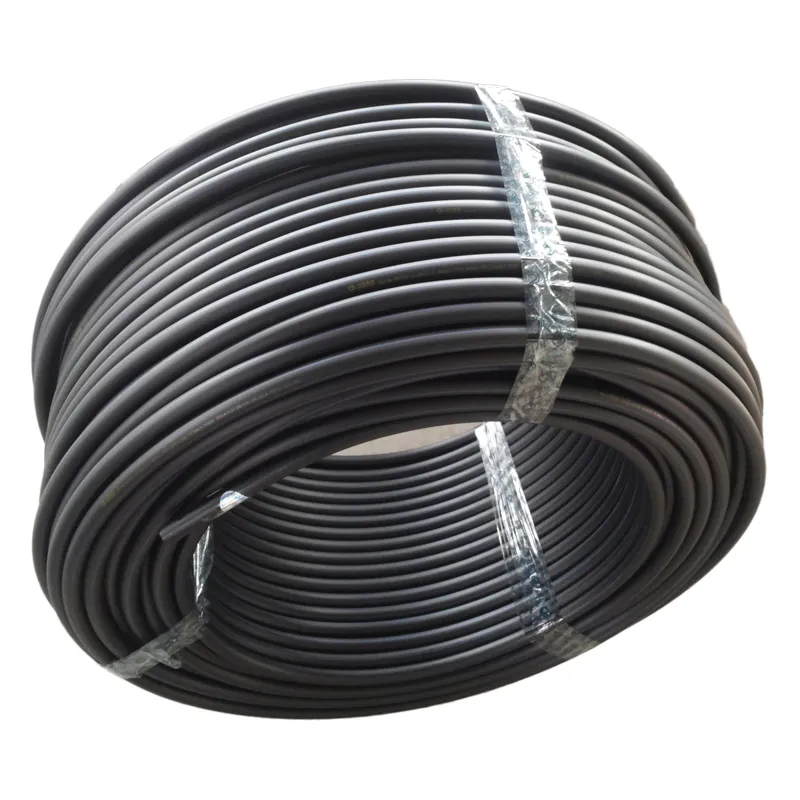
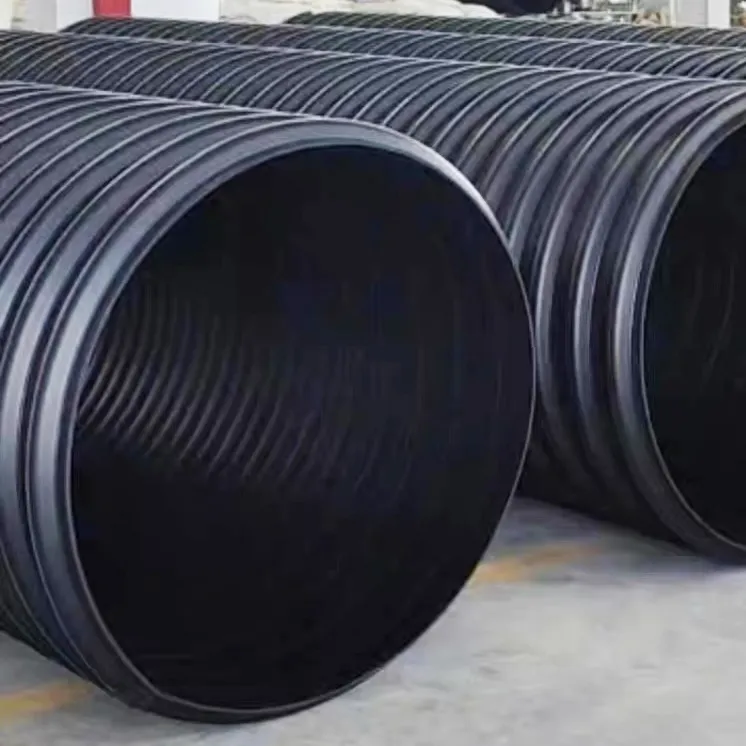
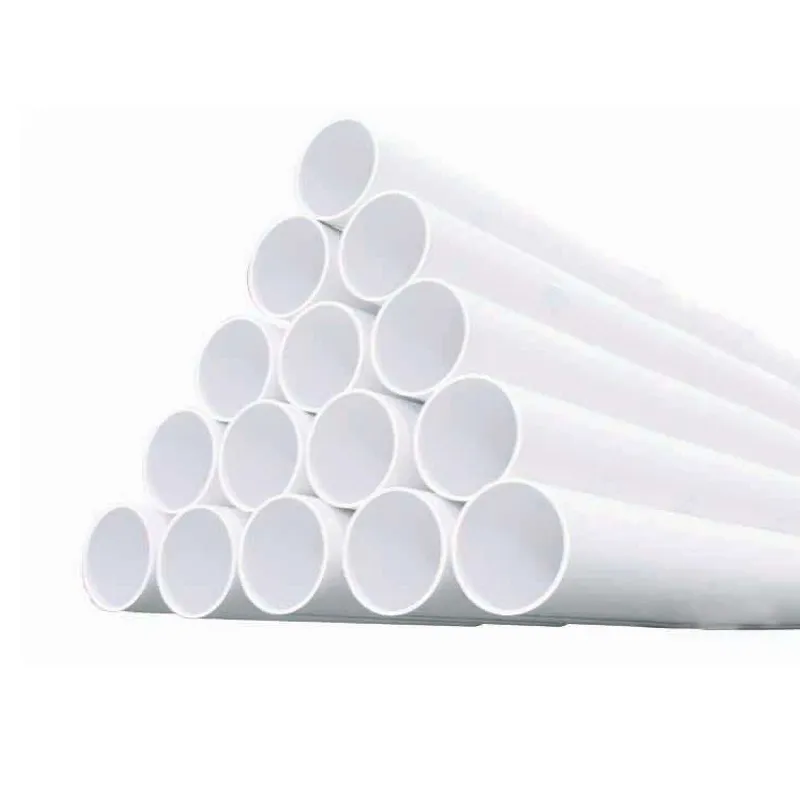

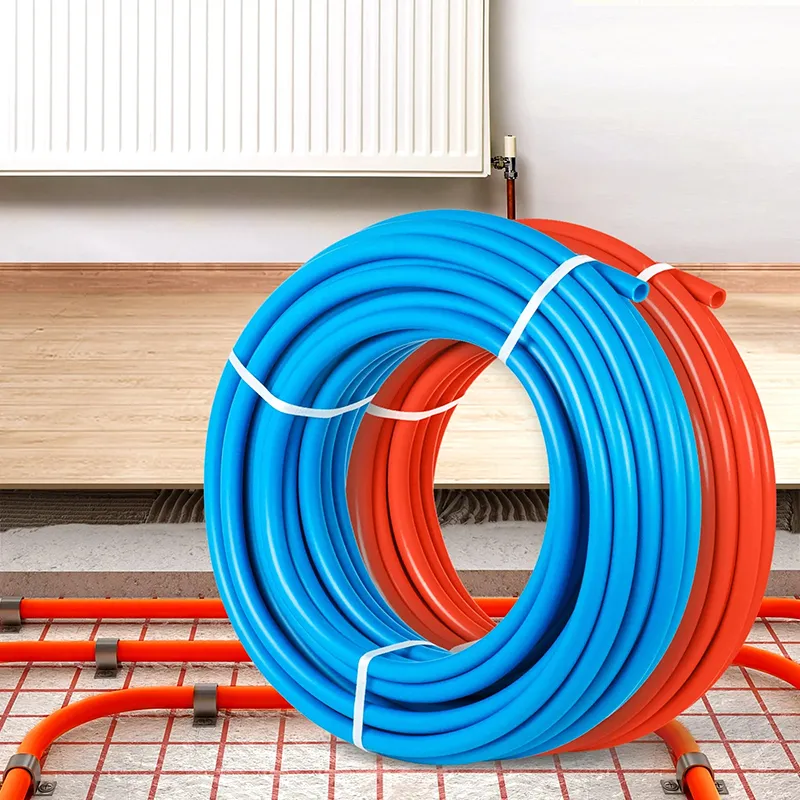
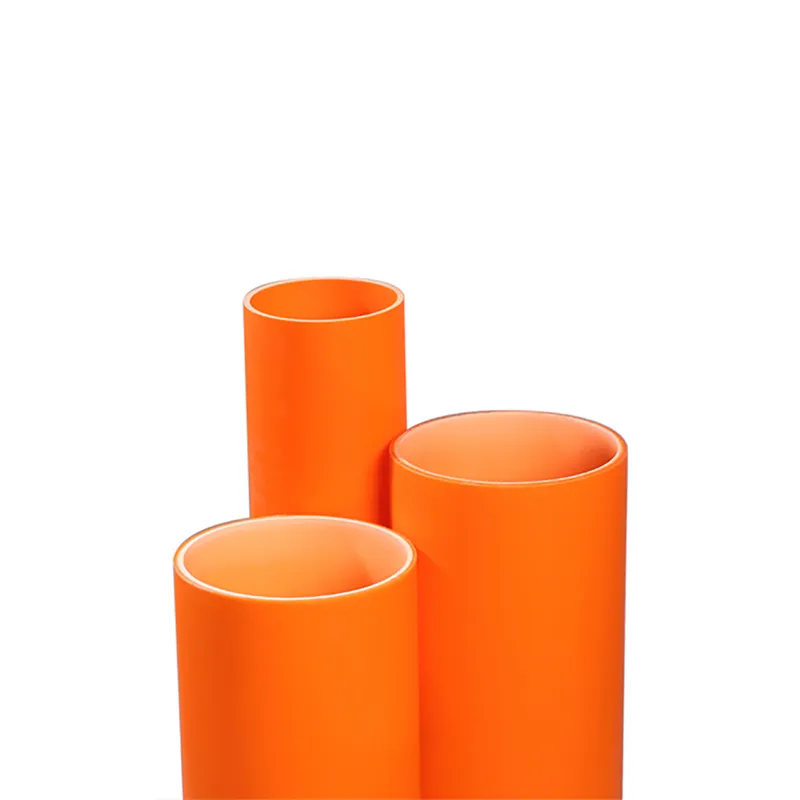
294.webp)
476.webp)
420.webp)
146.webp)
460.webp)
287.webp)
274.webp)
688.webp)

